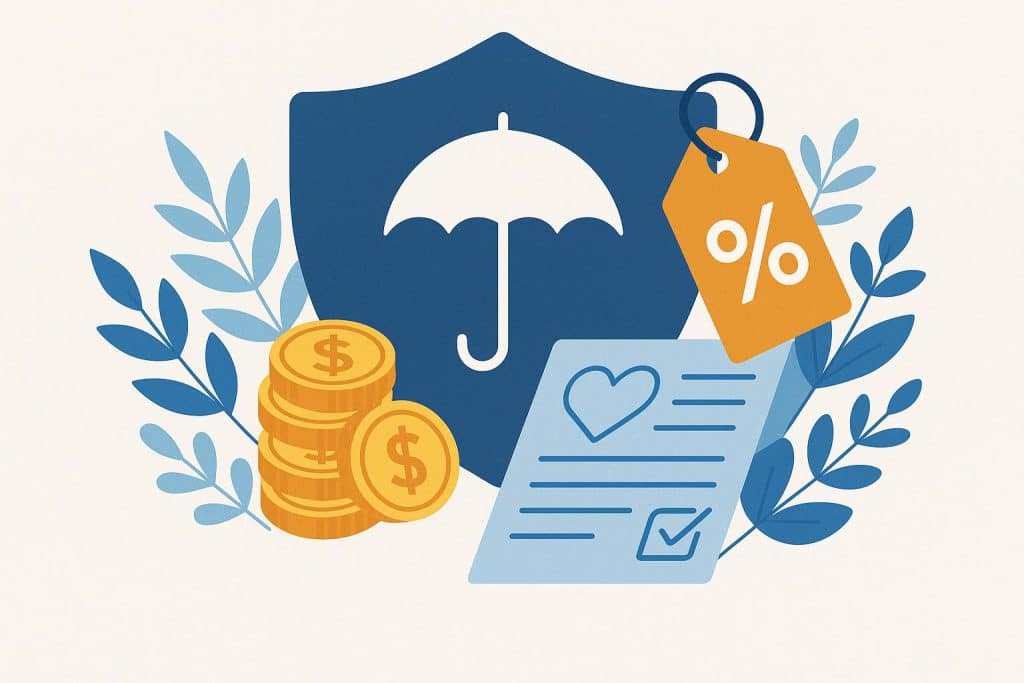Predictability has quietly become one of the most valuable currencies in everyday financial planning in an age where volatility feels constant—from shifting job markets to unpredictable weather. While most people think of insurance as a hedge against the unknown, the reality is that its foundation has always been about managing what is likely, not just what is possible. That subtle distinction shapes how insurers think about pricing, customer loyalty, and even designing products for a generation accustomed to uncertainty. As a result, conversations about value are no longer confined to premium costs alone but have extended to areas like wellness perks, bundled benefits, and life insurance discounts, which increasingly reflect more than just age and health factors.
The driving theme here is that stability—whether financial, lifestyle, or even digital—has emerged as the underlying metric influencing both the customer and the insurer. Individuals crave predictability, while insurers thrive on it. This convergence creates an ecosystem where consistent behaviors, from responsible spending habits to healthier living practices, don’t just pay dividends in personal well-being—they actively decrease risk exposure, which in turn can reduce costs across the entire system.
Predictability as Currency
Traditionally, insurance risk models leveraged static data: age, gender, occupation. However, with modern technology yielding constant data flows, behavior has become part of the equation. Stable behavior patterns include exercising regularly, prioritizing preventative care, managing stress, and carrying measurable weight. These signals of consistency allow insurers to predict outcomes with higher accuracy, lowering uncertainty in their models.
For consumers, this trend reframes the role of insurance: no longer just a reluctant purchase for rare emergencies but an ongoing investment in stability. Unexpectedly, financial predictability plays a role as well. Consistently meeting mortgage payments, avoiding major debt spikes, and maintaining steady employment also send signals of reliability that ripple into risk assessments. In this light, being predictable isn’t boring—it’s profitable.
Beyond Discounts: A Cultural Shift
While life insurance discount discussions often focus on cost savings, the deeper story is about how those price breaks symbolize a shift in cultural priorities. People are now incentivized to make “boring” choices: eating the same healthy meals, following routines, and checking in with wellness apps. In exchange, they avoid price volatility and, in some
cases, gain tangible financial rewards. Stability becomes aspirational—quietly rebellious in a culture often driven by trends and quick fixes.
This model reveals why insurance conversations feel so different now. Instead of reacting only to bad luck or tragedy, there’s growing recognition that consistency is a form of risk management. Think of it as a system where every stable choice—choosing to bike regularly, sticking to a spending plan, quitting smoking—echoes across your financial portfolio, shrinking uncertainty while elevating value.
The Emotional Side of Stability
Beyond numbers, predictability offers something else: calm. In uncertain times, psychological security is as vital as financial security. The idea that stable actions today can reduce emotional and fiscal turbulence tomorrow is an empowering narrative for consumers. It transforms insurance from an abstract safety net into a daily, relatable practice of building stability.
People are not simply chasing lower costs but aligning with institutions and tools that affirm their desire for steadiness. This emotional undercurrent—valuing calm and consistency in place of volatility—is arguably more powerful than the dollars saved. Insurers recognize that this sense of psychological assurance fosters loyalty that pure pricing strategies cannot buy.
Looking Ahead
The real story isn’t just about economic savings. It’s about how stability has moved from the background to the forefront of financial culture. Increasingly, insurers are no longer shaping products just around demographics—they’re building ecosystems around the essence of predictability itself.
Soon, we may view stability as more than mere personal discipline. It could evolve into a tradable asset in its own right, a kind of “predictability credit.” After all, the safer and steadier you are perceived to be, the more favorable your standing in risk-based industries is.
In that sense, insurance is not merely about offsetting risk—it’s about codifying stability into financial language, reinforcing that sometimes the most undervalued commodity isn’t excitement or rapid gains. It’s the enduring power of the predictable.

